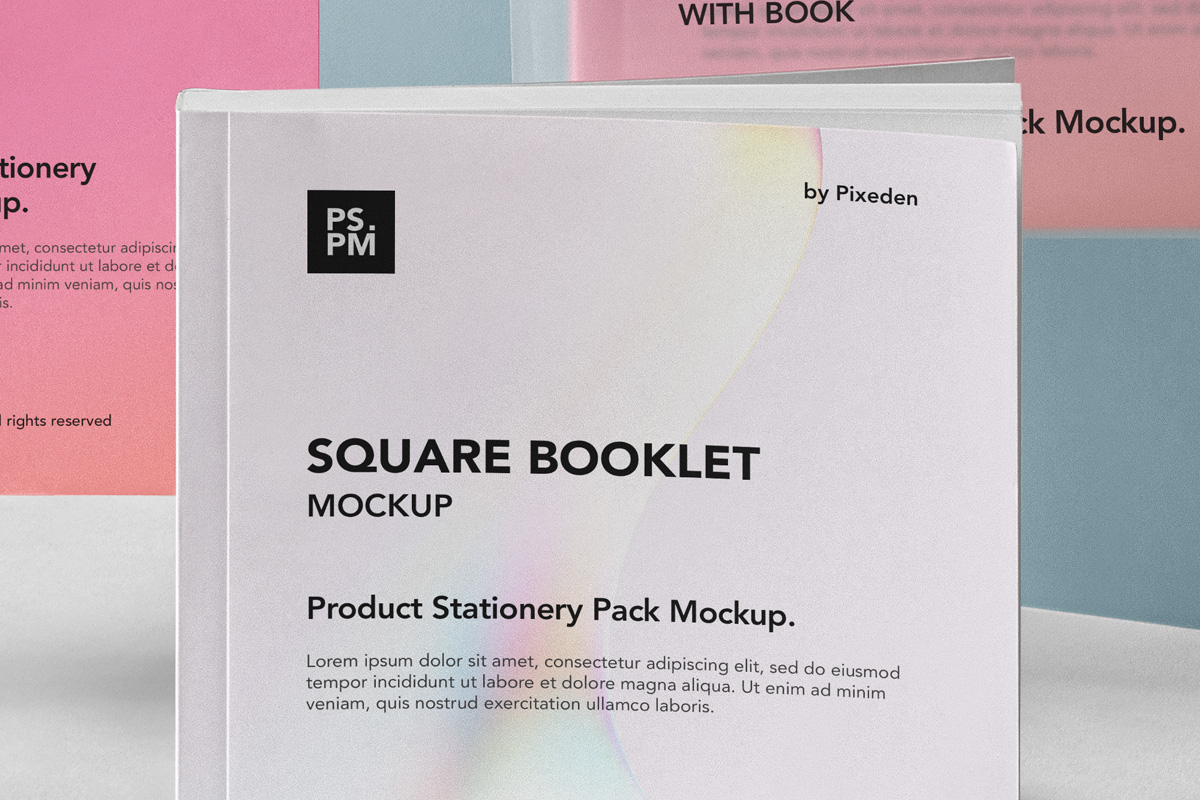Elevate Your Design Process with Free Mockup Manual: A Comprehensive Guide to Enhancing Your Presentations
Introduction
In today’s competitive design landscape, creating stunning presentations that effectively convey your ideas is crucial. Mockups, which are digital representations of your designs, play a vital role in showcasing your work and leaving a lasting impression on your audience. A well-crafted mockup can enhance your designs, making them appear more realistic and tangible, and ultimately, increasing their impact.
Recognizing the significance of mockups, we present the Free Mockup Manual, a comprehensive guide designed to empower you with the knowledge and resources necessary to create professional-quality mockups that elevate your design process. This manual will delve into the intricacies of mockup creation, providing you with step-by-step instructions, expert insights, and an extensive collection of free mockup templates.
Chapter 1: Understanding the Importance of Mockups
Mockups serve as bridges between your digital designs and the real world. They allow you to visualize your designs in context, enabling you to identify potential issues early on and make informed decisions. Mockups also enable you to:
- Showcase your work in a realistic setting: Present your designs in realistic environments, such as on a website, smartphone, or product packaging.
- Enhance credibility: Mockups add credibility to your designs by providing a tangible representation of your ideas.
- Facilitate collaboration: Share your mockups with clients and colleagues to facilitate feedback and streamline the design process.
- Save time and resources: Mockups allow you to experiment with different design iterations without the need for costly prototyping.
Chapter 2: Types of Mockups
The world of mockups is vast, with various types available to suit specific design needs. Some of the most common types include:
- Website mockups: Replicate the appearance of a website, including its layout, navigation, and overall design.
- App mockups: Showcase the functionality and user interface of mobile and web applications.
- Product mockups: Display physical products, such as packaging, apparel, and electronics, in realistic settings.
- Print mockups: Simulate the appearance of printed materials, such as brochures, flyers, and business cards.
Chapter 3: Creating Your Own Mockups
Creating your mockups involves a combination of design software and creative skills. This chapter covers the following steps:
- Selecting the right software: Choose a design software that offers mockup creation capabilities, such as Adobe Photoshop, Sketch, or Figma.
- Importing your designs: Bring your designs into the software and prepare them for mockup creation.
- Choosing a mockup template: Select a pre-made mockup template that aligns with your design and presentation needs.
- Customizing your mockup: Adjust the mockup template to match your specific design, including colors, textures, and backgrounds.
- Exporting your mockup: Save your completed mockup in high-resolution formats, such as PNG or JPEG, for sharing and presentation purposes.
Chapter 4: Collection of Free Mockup Templates
To provide you with a head start, we have compiled a comprehensive collection of free mockup templates. These templates cover a wide range of design categories, including:
- Website mockups: Templates for various screen sizes, devices, and website layouts.
- App mockups: Templates for mobile and desktop applications, showcasing different user interfaces and interactions.
- Product mockups: Templates for diverse products, including packaging, gadgets, apparel, and more.
- Print mockups: Templates for brochures, flyers, business cards, and other printed materials.
Chapter 5: Best Practices for Mockup Creation
To maximize the impact of your mockups, follow these best practices:
- Use high-quality images: Ensure your designs and mockup templates are sharp and visually appealing.
- Pay attention to details: Consider every aspect of your mockup, from the background to the lighting, to create a realistic representation.
- Experiment with different perspectives: Create mockups from various angles to present your designs from different viewpoints.
- Get feedback: Share your mockups with others to gather feedback and identify areas for improvement.
- Stay updated with design trends: Keep abreast of the latest design trends to ensure your mockups remain contemporary and engaging.
Chapter 6: Conclusion
The Free Mockup Manual empowers you with the knowledge and resources to create stunning mockups that elevate your design presentations. By understanding the importance of mockups, choosing the right templates, and following best practices, you can transform your digital designs into tangible and impactful experiences. Remember, mockups are not merely static representations; they are dynamic tools that can significantly enhance your design process and captivate your audience. Embrace the power of mockups and unlock the potential of your presentations.
FAQ
Q: What is the purpose of a mockup?
A: A mockup is a digital representation of your design that allows you to visualize it in a realistic setting and present it effectively.
Q: What are the different types of mockups?
A: Common types of mockups include website mockups, app mockups, product mockups, and print mockups.
Q: What software can I use to create mockups?
A: Design software such as Adobe Photoshop, Sketch, and Figma offer mockup creation capabilities.
Q: Where can I find free mockup templates?
A: The Free Mockup Manual includes a comprehensive collection of free mockup templates for various design categories.
Q: What are the best practices for mockup creation?
A: Best practices include using high-quality images, paying attention to details, experimenting with different perspectives, getting feedback, and staying updated with design trends.
Q: How can mockups enhance my design presentations?
A: Mockups add credibility to your designs, facilitate collaboration, save time and resources, and allow you to showcase your work in realistic contexts.
